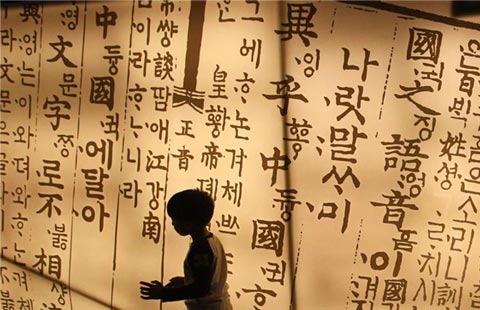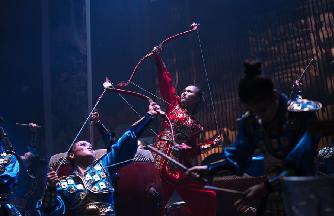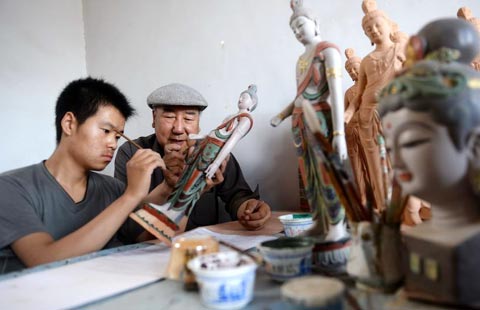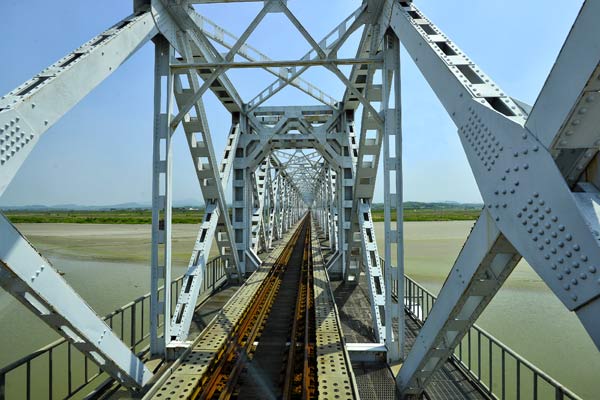 |
|
FreedomBridge crosses the Imjin River, one of the bordermarkers between the two Koreas.
|
Crossing the border
Foreign tourists are perhaps more familiar with the western zone in Paju city, which includes Imjingak village, the Mount Dora Observatory, the Third Infiltration Tunnel and the Joint Security Area near the village of Panmunjom.
Tours to this area can be arranged through private operators such as the Korridoor tour company that provides services and live entertainment to American troops and their families, or through Paju at Imingjak.
Unlike other parts of the demilitarized zone, all sites in this region with the exception of Imingjak can only be visited through group tours, and visits to the JSA must be scheduled well in advance.
Steve Tharp is a retired US army officer who served with the United Nations Command Military Armistice Commission and is writing a series of guidebooks to the Korean frontiers. He describes Paju as the birthplace of the DMZ tourism.
In his first guidebook, The Western DMZ, scheduled for publication later this month, Tharp writes that more than 5 million tourists have visited the Mount Dora Observatory and Infiltration Tunnel 3 in the past decade, with a significant rise each year.
"Foreigners constituted about 70 percent of those visitors, most of whom were Chinese tourists," he writes.
Because the JSA is a working site, tours may be canceled or rescheduled at short notice if the site is needed for negotiations, such as those between the DPRK and the ROK to discuss family reunions, or rare events such as the recent repatriation of DPRK fishermen. The site also has a mandatory dress code that requires visitors to make "neat and dignified appearances".




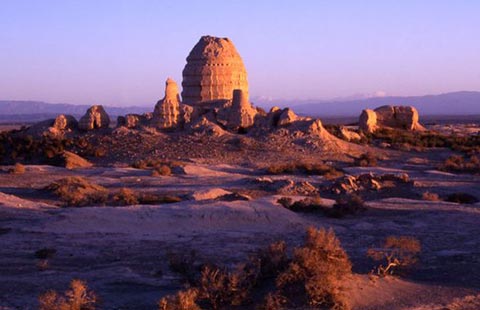

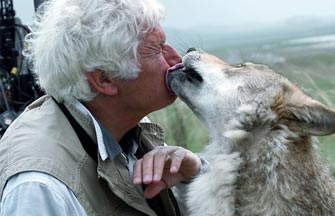

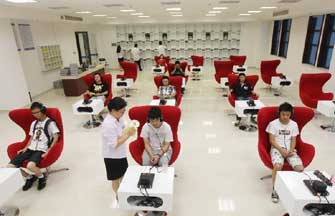









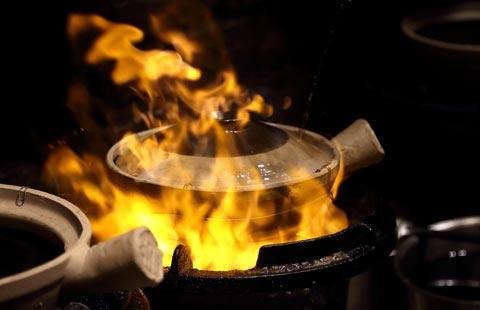


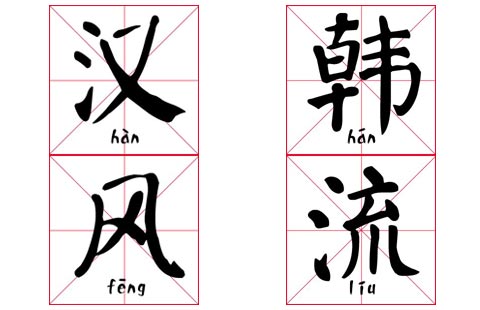



 Raymond Zhou:
Raymond Zhou: Pauline D Loh:
Pauline D Loh: Hot Pot
Hot Pot Eco China
Eco China China Dream
China Dream China Face
China Face

